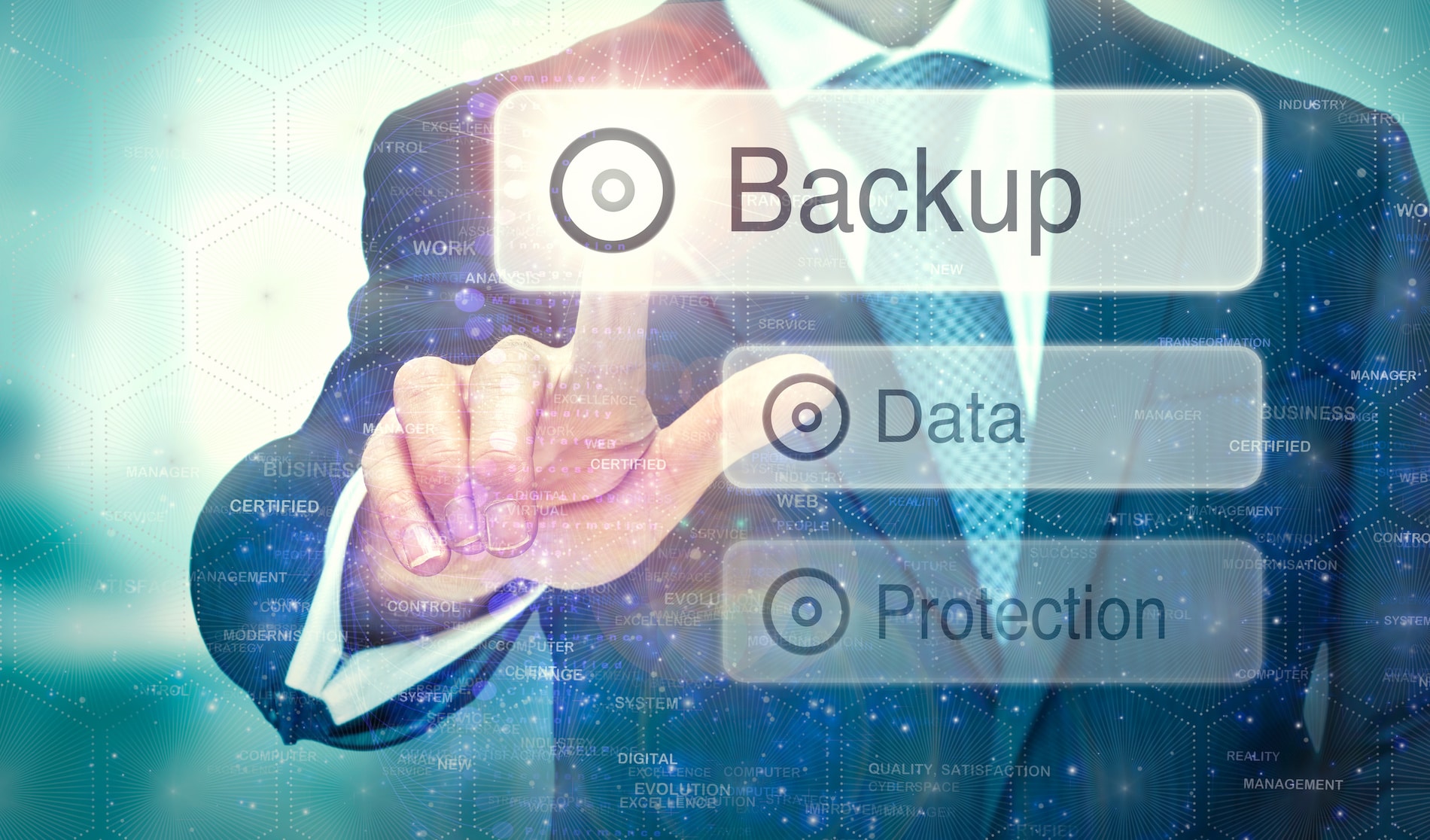The backing up of data is a crucial part of any thriving business. Due to its simplicity and ease, it can be overlooked by many. Listed below are the steps needed to ensure your business has a successful backup solution so information can be easily recovered if a situation were to arise.
Data Backup vs. Disaster Recovery
The terms data backup and disaster recovery have been used interchangeably and although they are closely linked processes, they are not the same thing. The practices of data backup and disaster recovery target a specific part of the organization’s business continuity process.
Data backup is the act of creating a separate, physical copy of your data that can be restored at a later date, whereas disaster recovery is the act of restoring the data using the data backup. Ultimately, one cannot happen without the other; therefore, both data backup and disaster recovery are important to the successful restoration of information for a business.
Data Backup
It is imperative to understand which data and how much data should be backed up. Not all data is as critical as others, so it is important to determine which information is necessary to keep the business operations afloat during any and all situations. As a general rule of thumb, one should attempt to back up as much data as possible. Ideally, the backup process should happen automatically without the need for employees to run it. User error has been known to negatively harm businesses as data is not backed up regularly, resulting in the loss of pertinent information.
Disaster Recovery
Disaster recovery is the process of restoring data after a disaster. The main way to measure the effectiveness of disaster recovery is speed: how fast can data be restored in order for business operations to run smoothly? It is important to consider where the data will be restored from. Best practices indicate that one should have at least three copies of data: two physical copies that can be found in the office on two different devices and one copy stored offsite in the cloud. One should also consider running automated tests to ensure the disaster recovery process will work the way it should if an unexpected disaster were to come up.
Does your business have a backup solution that can restore important data needed to run your company? AE Technology Group has an all-in-one Backup and Disaster Recovery (BDR) service that can provide preventative solutions to ensure your business can continue thriving when an unexpected situation arises. For more information or to learn more, give us a call today at (516) 536-5006.






